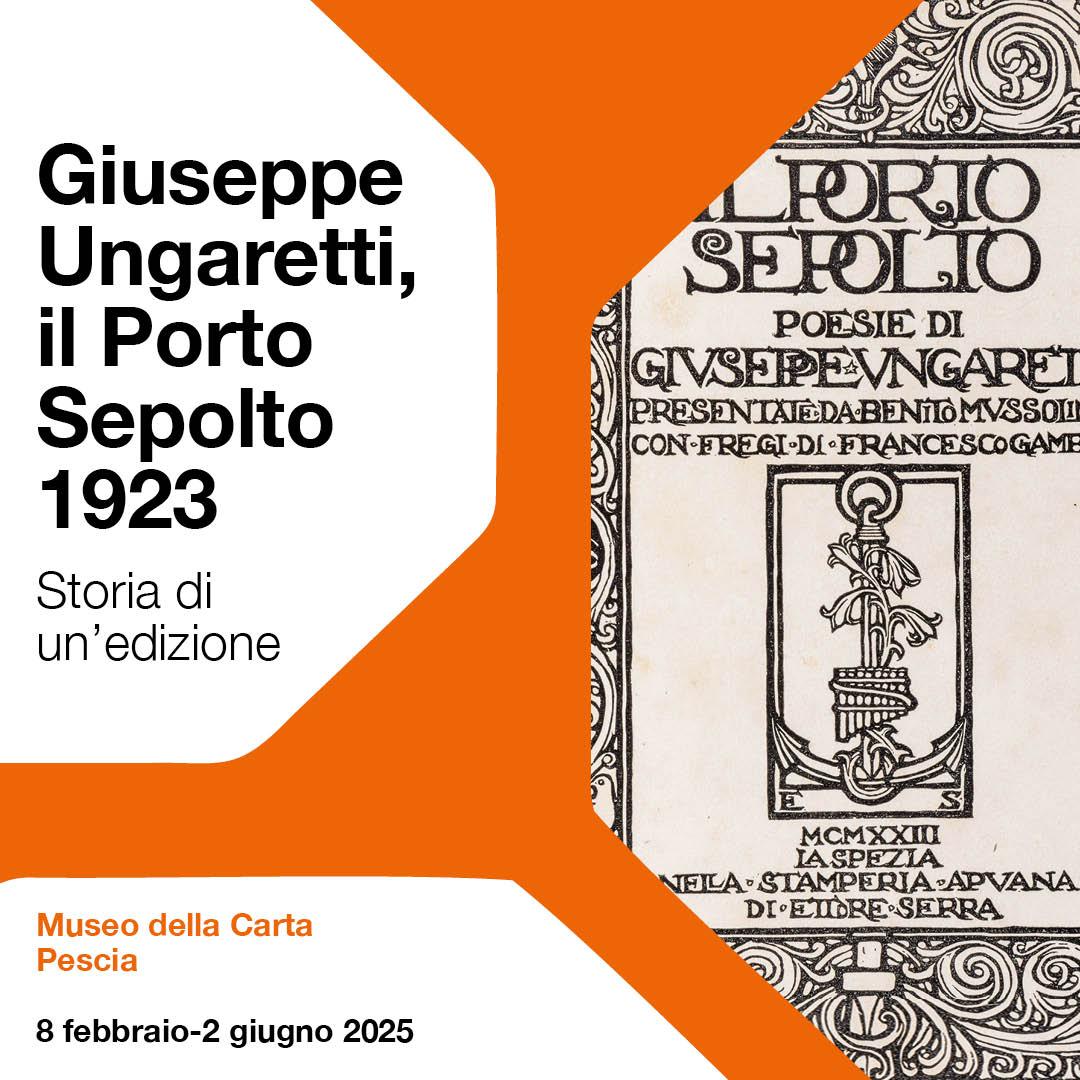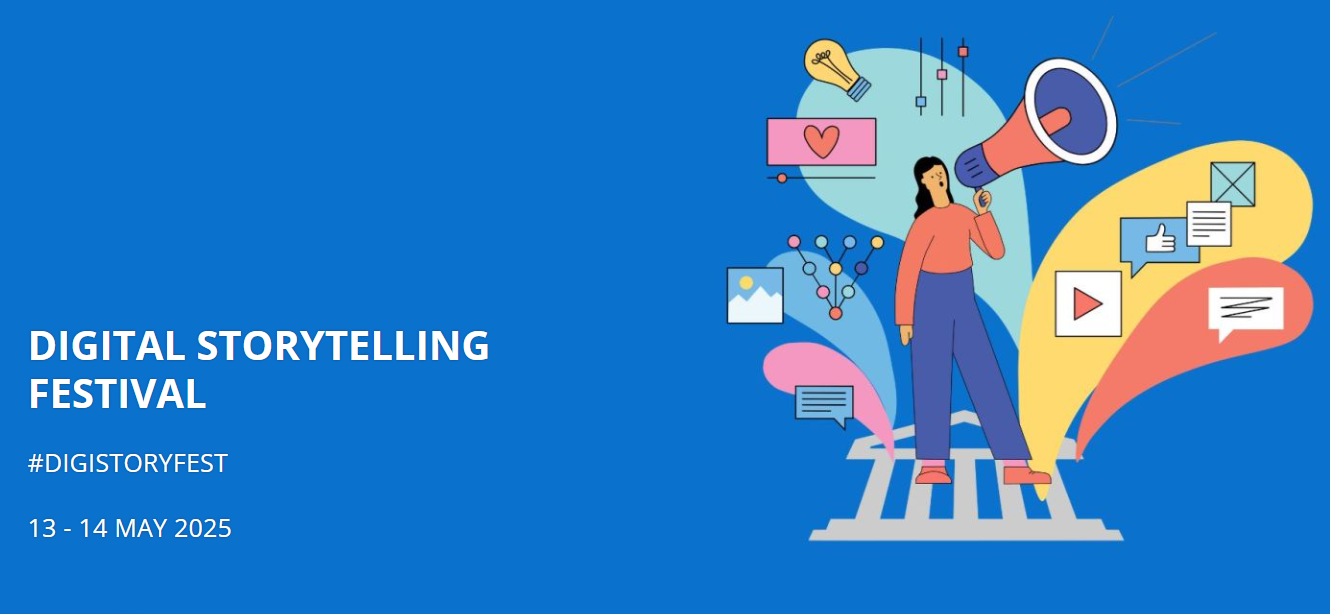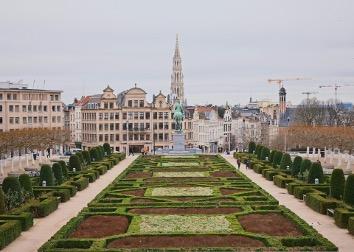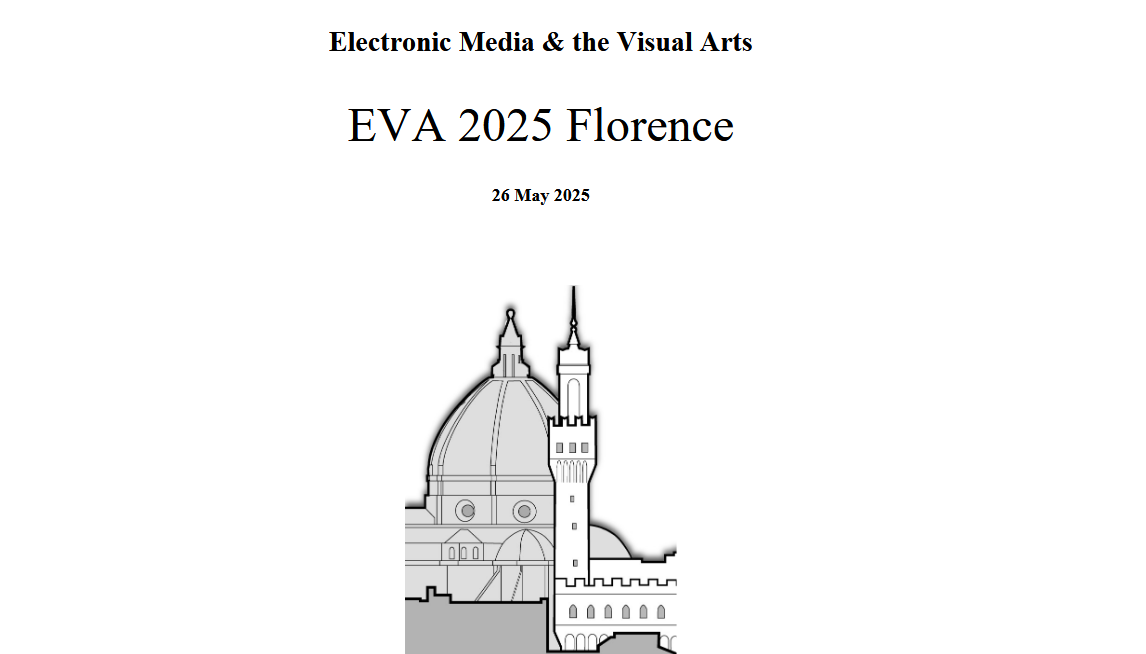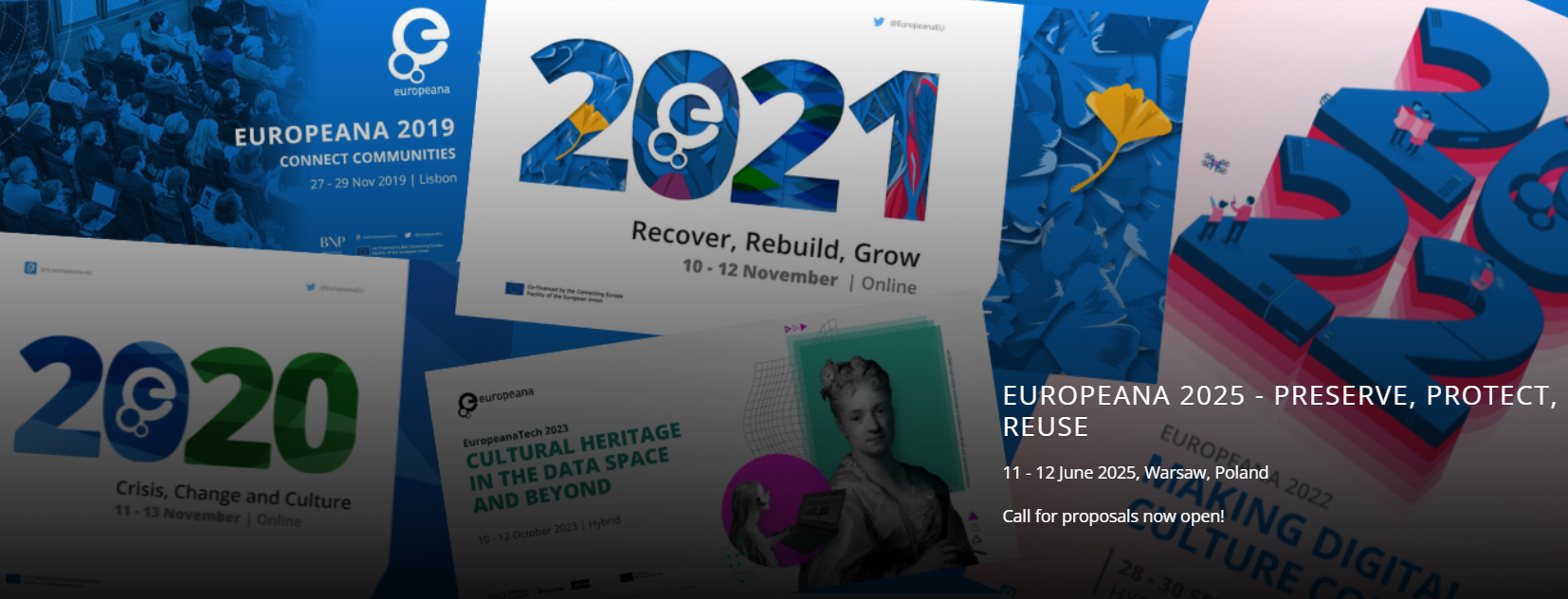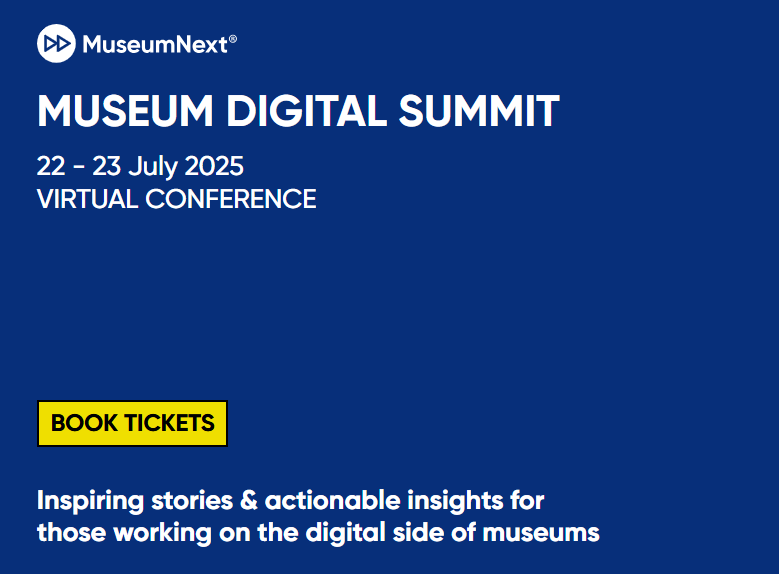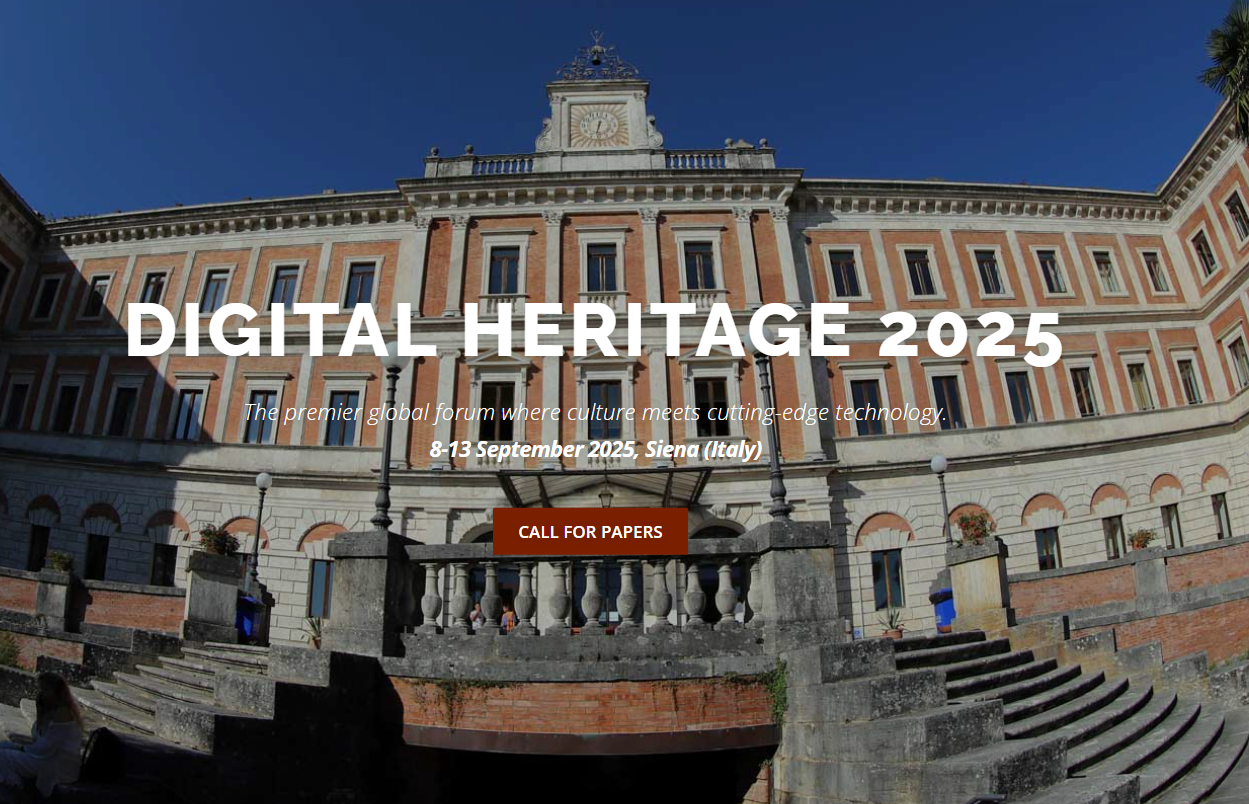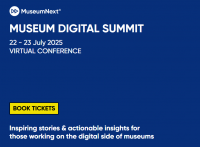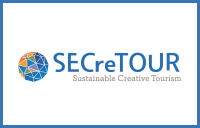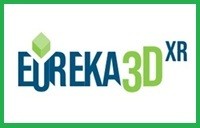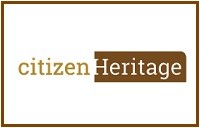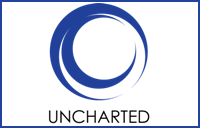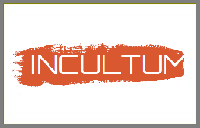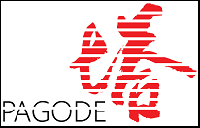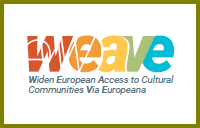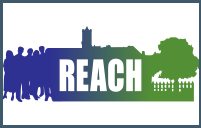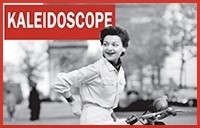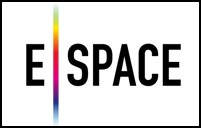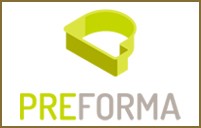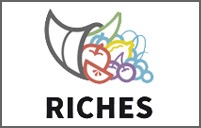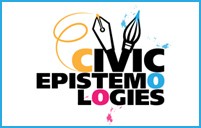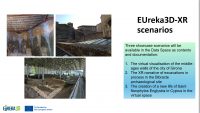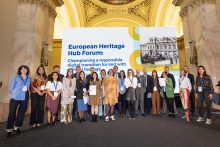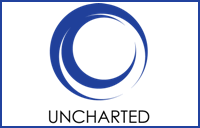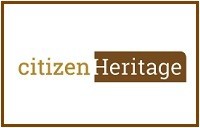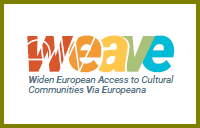 This workshop was organized in conjunction with the 3rd International Conference on Theory and Practice of Digital Libraries (TPDL 2013).
This workshop was organized in conjunction with the 3rd International Conference on Theory and Practice of Digital Libraries (TPDL 2013).
Motivations
Modern scientific communities and their research infrastructures serve for discipline-specific activities whose input and output affect and are affected by scholarly communication. To cope with the increasing speed of such activities and the growing volumes of research outcome, communities need to be facilitated at publishing, interlinking, contextualizing, preserving, discovering, accessing, and reusing their research outcomes. Achieving such objectives would foster multi-disciplinarity, generate novel research opportunities, and endorse quality research. However, researchers rely on different technologies and systems to deposit and preserve their research outcome and their contextual information. Datasets and publications are kept into Digital Libraries and Data Centers together with descriptive metadata. Contextual information is scattered into other systems, for example CRIS systems for funding schemes and affiliation, national and international initiatives and registries, such as ORCID and VIAF for people and authors. The construction of Modern Scholarly Communication Systems capable of collecting and assembling such information in a meaningful way has opened up novel research challenges in the fields of Digital Library, e-Science, and e-Research.
Workshop Objectives
The goal of this workshop was to provide researchers and practitioners in the fields of Digital Libraries, e-Science, and e-Research, with a forum where they can constructively explore foundational, organizational and systemic challenges in contexts having publishing, interlinking, preservation, discovery, access, and reuse of publications and datasets as focal points. It expects to contribute to the actual picture of the state of the art approaches and solutions that researchers and practitioners active in these fields have investigated and realized.
Web site: http://lcpd2013.research-infrastructures.eu/
E-mail: lcpd2013@isti.cnr.it
Workshop topics
The workshop welcomed submissions reporting on theoretical, systemic, and foundational work targeting popular topics of linking and contextualizing datasets and publications. The topics of this workshop were of interest to, but not limited to, the following research avenues:
– Metadata formats for publications and datasets: interlinking or contextualizing research outputs.
– Metadata access services: exporting/discovering metadata to facilitate interlinking or contextualizing research outputs.
– Data models expressing relationships between publications, datasets and other information apt for re-use, contextualization, etc.
– Aggregation services: robust and scalable collection, integration, storage, interlinking, and visualization of heterogeneous objects and metadata from publication, dataset, and contextual content data sources
– Linking and contextualization services: processing/mining interlinked objects and metadata relative for enrichment, disambiguation, annotation
– Future publication models and services: novel concepts and management of enhanced publications, research objects, executable papers.
For more on these topics, please visit the workshop website.
Invited speakers
Sšren Auer, UniversitŠt Leipzig
Sarah Callaghan, British Atmospheric Data Centre, STFC
Workshop Organisers
– Lukasz Bolikowski, Centre for Open Science, ICM, University of Warsaw, Poland
– Paolo Manghi, Istituto di Scienza e Tecnologie dell’Informazione (ISTI), National Research Council – (CNR), Pisa, Italy
– Nikos Houssos, EKT, National Documentation Centre, Greece
– Jochen Schirrwagen, Bielefeld University Library, Germany
Sponsored by OpenAIREplus (www.openaire.eu) and EuroCRIS (www.eurocris.org)
Web site: http://lcpd2013.research-infrastructures.eu/
E-mail: lcpd2013@isti.cnr.it
This Workshop was organized in conjunction with TPDL 2013



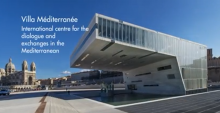
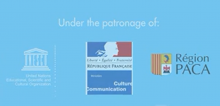 The event was very wide including 350 presentations, some 100 full papers, 130 short and special session papers, 90 posters, 20 panels, tutorials and workshops, and 37 exhibitions.
The event was very wide including 350 presentations, some 100 full papers, 130 short and special session papers, 90 posters, 20 panels, tutorials and workshops, and 37 exhibitions.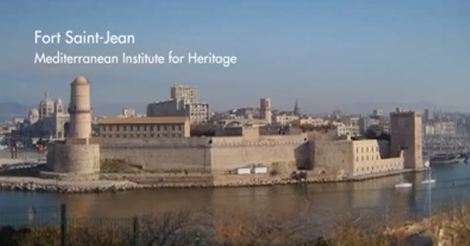
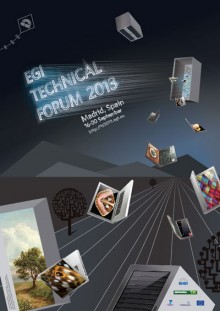
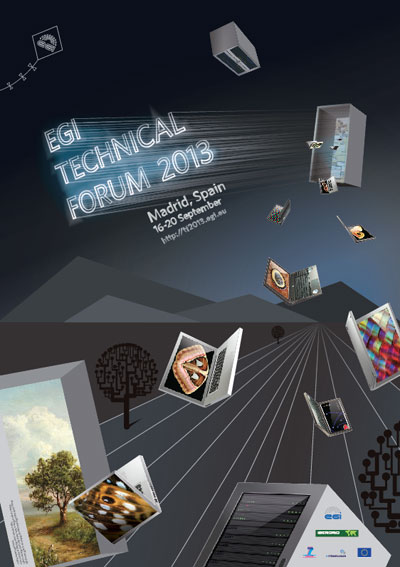 The EGI Technical Forum 2013 took place from 16 to 20 September in Madrid at the Meliá-Castilla Hotel & Convention Centre. The event was being organised with the support of the Ministry of Economy and Competitiveness of Spain, the Spanish National Research Council and Red IRIS.
The EGI Technical Forum 2013 took place from 16 to 20 September in Madrid at the Meliá-Castilla Hotel & Convention Centre. The event was being organised with the support of the Ministry of Economy and Competitiveness of Spain, the Spanish National Research Council and Red IRIS.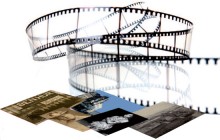
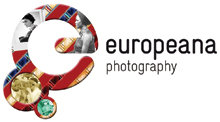
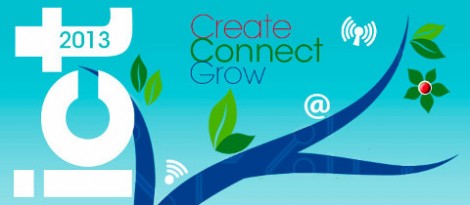













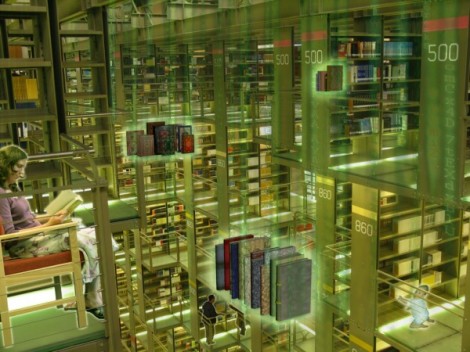 The result of the digitisation initiatives carried out by memory institutions (museums, libraries, archives) in Europe and world-wide has produced a large amount of cultural content, which is continuously growing.
The result of the digitisation initiatives carried out by memory institutions (museums, libraries, archives) in Europe and world-wide has produced a large amount of cultural content, which is continuously growing.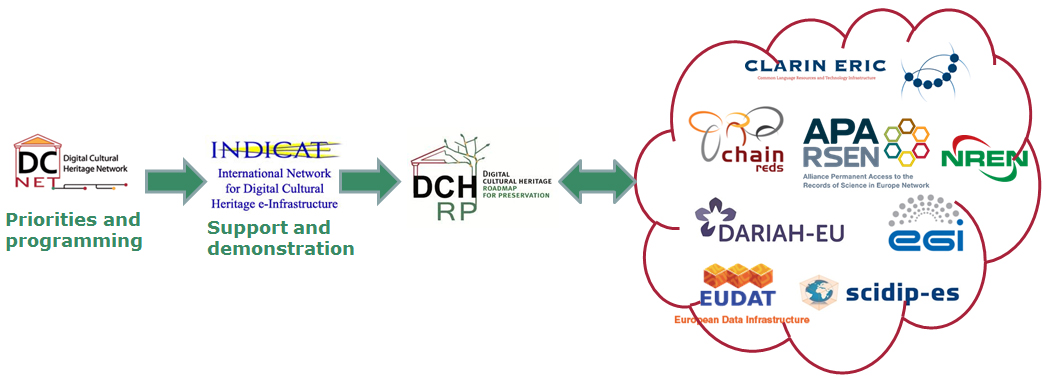
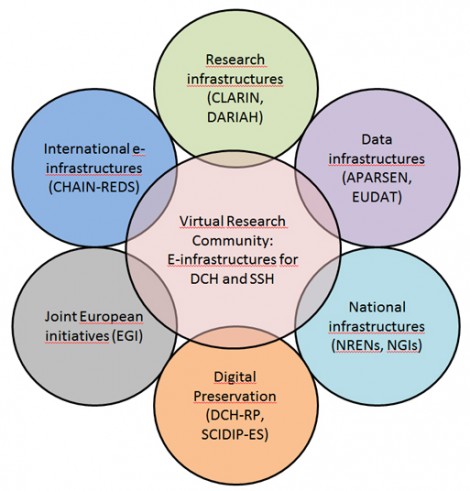

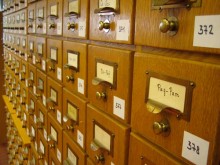
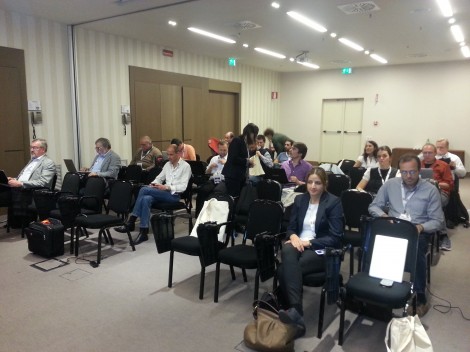 “Digital Preservation of cultural data” is the title of the workshop organised by
“Digital Preservation of cultural data” is the title of the workshop organised by 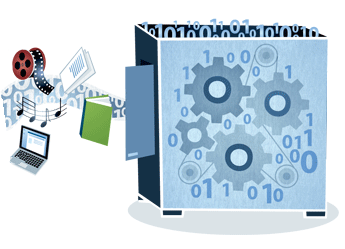
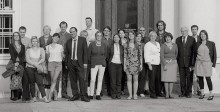
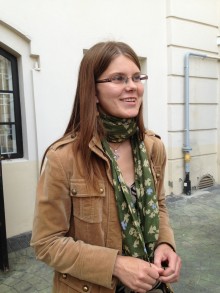
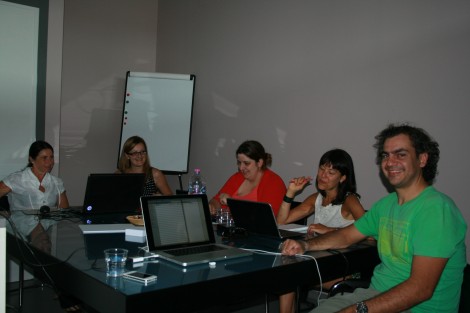
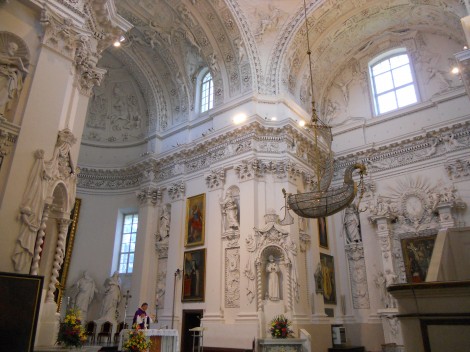
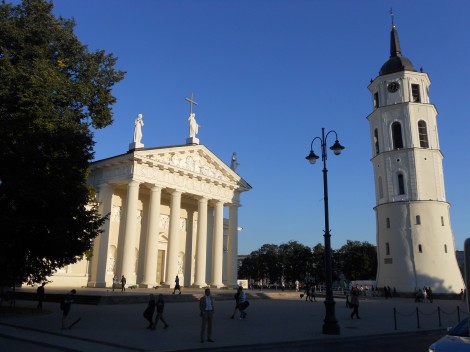
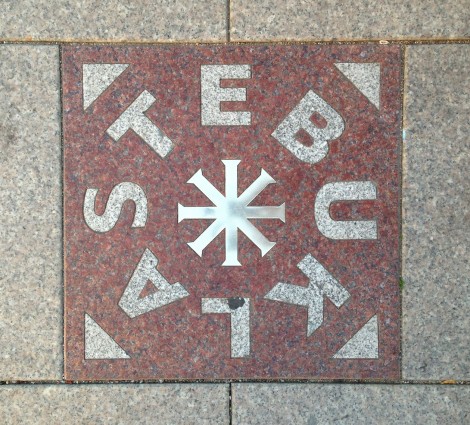











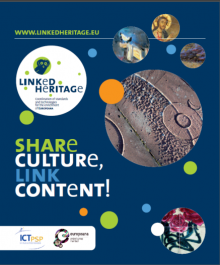
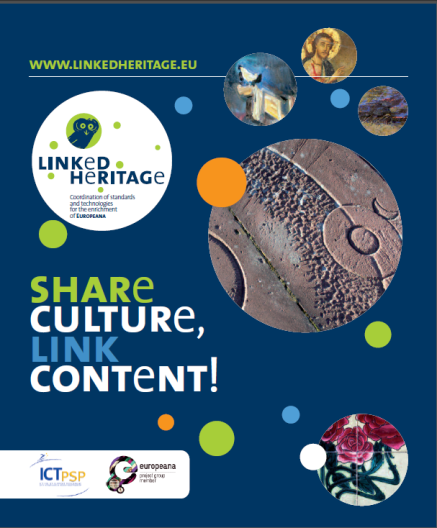
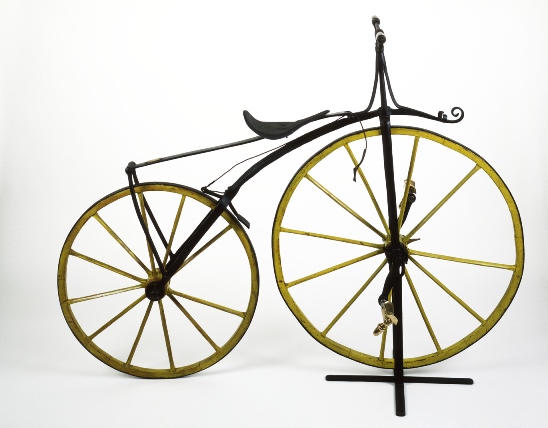
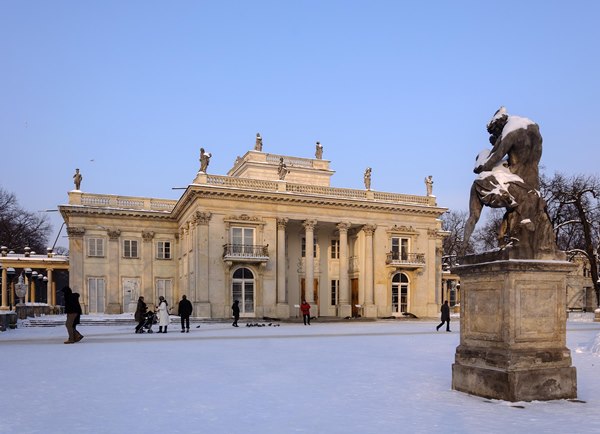
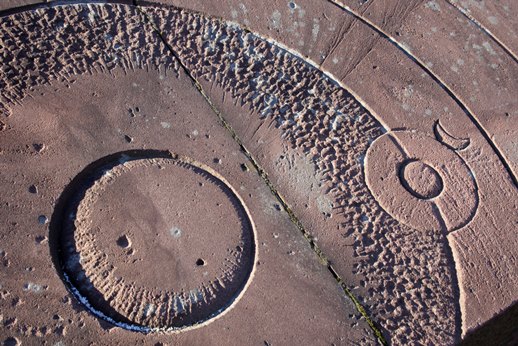
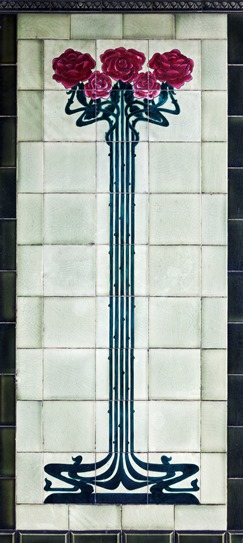
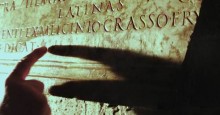
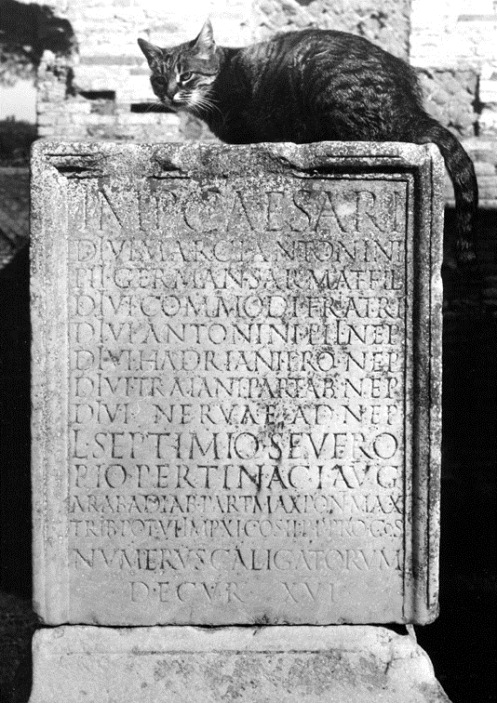
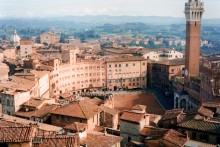
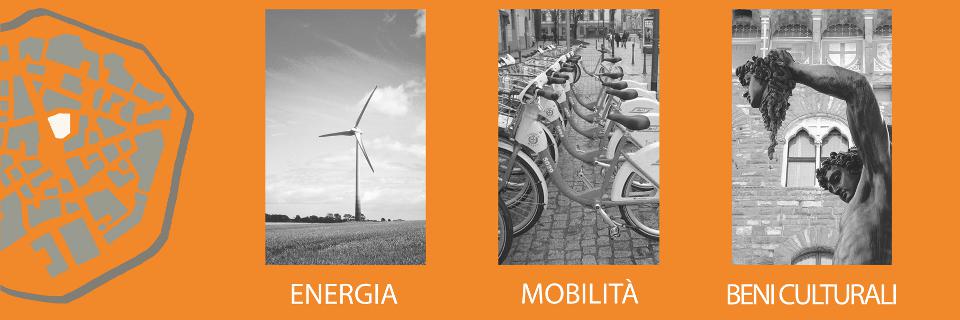
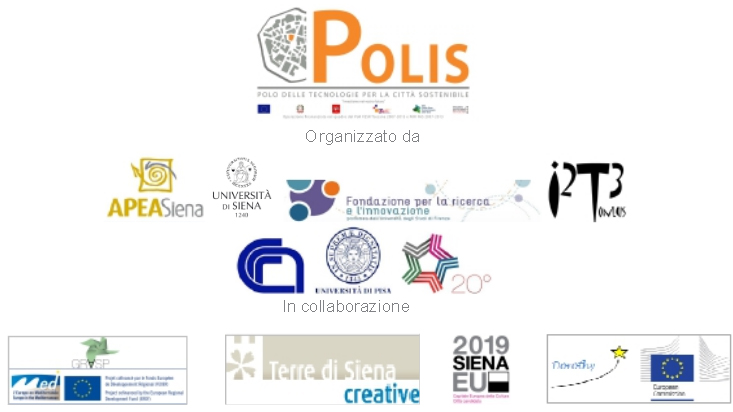
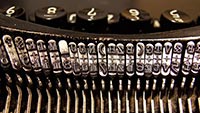 If you have interesting news and events to point out in the field of digital cultural heritage, we are waiting for your contribution.
If you have interesting news and events to point out in the field of digital cultural heritage, we are waiting for your contribution.
